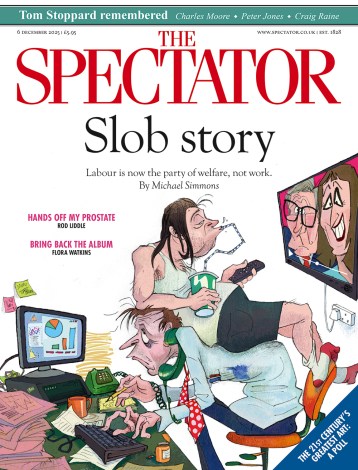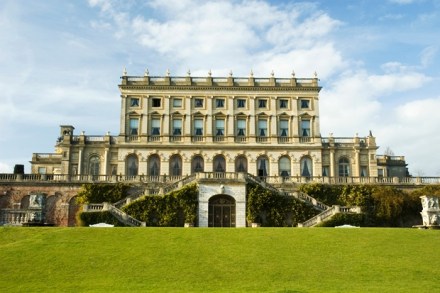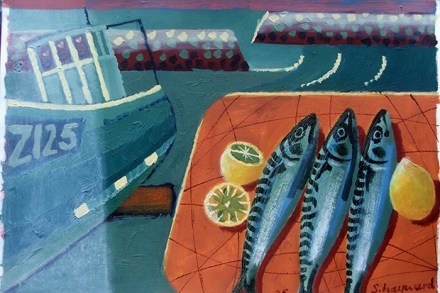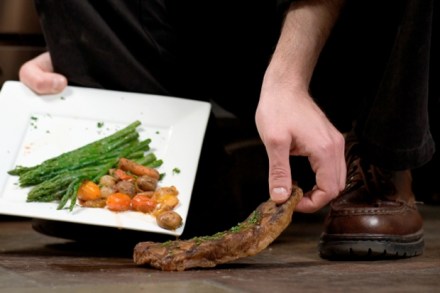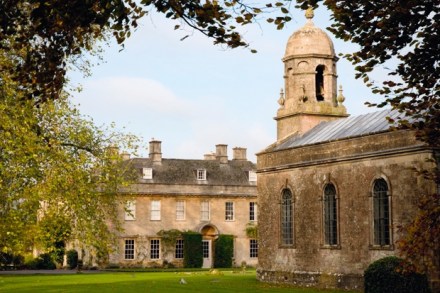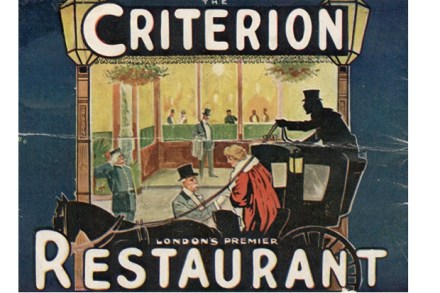In defence of dinner parties
In or out? Almost two months on and I’m afraid the great debate shows no sign of abating, certainly not in our divided household. And while we’ve had several referendums over the matter, the result is always a stalemate. The only upside is that this argument has nothing to do with Brussels. It’s far more rudimentary. The battle in Palmer Towers is whether we eat in or out when wanting to see friends. My wife Joanna — who, as it happens, was for In over the country’s EU membership — is a firm outer, while I, who voted Out on 23 June, am a determined inner. As with the EU

